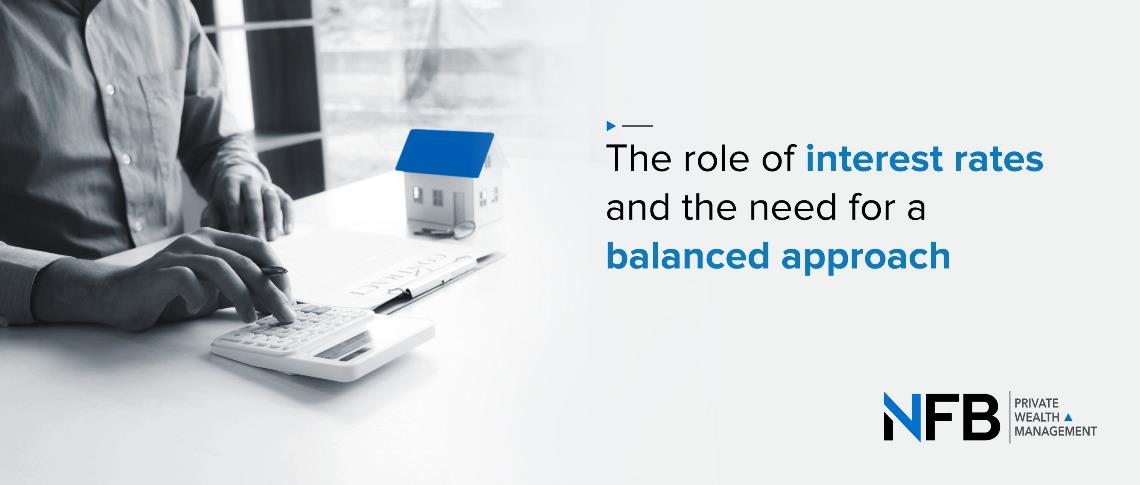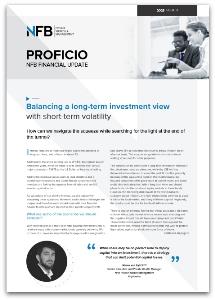The role of interest rates and the need for a balanced approach
With long-term economic growth being the ultimate goal, enduring some short-term pain may be unavoidable.


The South African Reserve Bank (SARB) plays a crucial role in managing the country's monetary policy, including setting the benchmark repo rate, adjustments to which have far-reaching implications. Below we explore how rates decisions affect different demographics in South Africa, from homeowners and the property market, consumers and borrowers, and investors, and analyze the potential economic and social consequences.
Homeowners and the property market
Interest rates play a significant role in the property market. Higher interest rates can deter potential home buyers as home loan repayments would be too costly, thus reducing affordability. This reduced willingness to purchase can potentially lead to an overall decrease in property prices. On the other hand, lower interest rates make homeownership more accessible, stimulating the property market and potentially driving up property prices. The impact of interest rates on the property market is not uniform across all regions. Urban areas with high demand may be less affected by interest rate adjustments, while rural and less affluent areas may experience enhanced fluctuations. These dynamics can contribute to disparities in homeownership and widen existing socioeconomic inequalities.
Consumers and borrowers
Interest rate adjustments have a direct impact on consumers and borrowers. Any upward adjustment to interest rates increases the cost of borrowing, affecting individuals with home loans, vehicle finance, and other forms of debt. Higher interest rates lead to reduced affordability and increased financial strain for borrowers. This can potentially hinder the purchasing power of consumers, especially among lower-income groups, who are already more vulnerable to economic fluctuations. On the other hand, when interest rates decrease, borrowers may experience some relief as their loan repayments become more manageable, freeing up disposable income for other purposes.
Investors
When the SARB raises the repo rate, banks and other financial institutions can offer higher interest rates on savings accounts and fixed deposit products, which benefits those who rely on interest income to grow their savings. The downside of higher interest rates is that it can potentially discourage risk-taking in primary equity markets, reducing the capital pool available to businesses and entrepreneurs. When the SARB lowers interest rates, investors in cash facilities may experience lower investment returns, prompting them to seek alternative investment options with potentially higher risk profiles, such as property and equity. Lower interest rates can also stimulate borrowing, as it becomes cheaper to access capital, potentially leading to increased economic activity and job creation.
It's evident that any interest rate adjustments made by the SARB will affect individuals and businesses regardless of social standing.
Consumers and borrowers experience changes in affordability, while savers and investors face variable returns and investment opportunities. The property market, especially for homeowners, is significantly influenced by interest rate fluctuations. Therefore, policymakers must carefully consider the potential consequences of interest rate adjustments and implement measures to mitigate adverse effects on vulnerable groups.
A balanced approach that promotes economic growth while addressing social and economic inequalities is essential for a sustainable and inclusive financial landscape.
 |
This article features in the 2023 Issue 3 edition of the Proficio, NFB's bi-monthly financial update newsletter. Download the complete newsletter here. |













